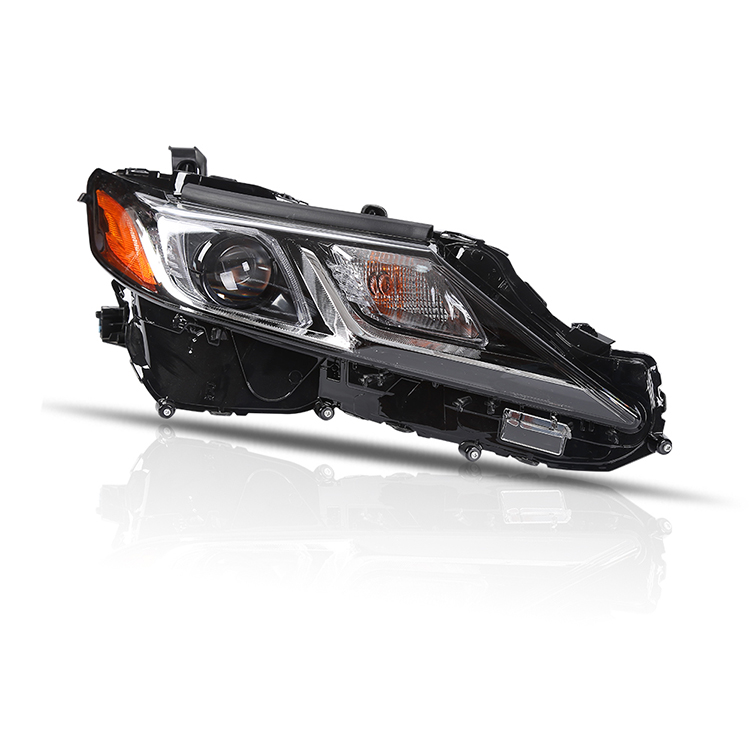
MIC-ZG is an international OEM manufacturer. We are ready for factory audits and video calls at any time.
From design to production. We provide feasibility analyses, market research and trial launch for each injection mold. We are committed to helping customers win the market in a real sense, rather than simply OEM plastic production. We will customize at least 3 solutions and offer you a $500 discount on your first mold.
MIC-ZG is one of the professional Injection Moulding manufacturer in China. Complete specifications and high quality. We are committed to treating customers with integrity and quality, thus winning a group of loyal customers.
The principle of injection molding is to add granular or powdery raw materials into the hopper of the injection machine, and the raw materials are heated and melted into a flowing state. Under the push of the screw or piston of the injection machine, they enter the mold cavity through the nozzle and the pouring system of the mold, hardened and shaped in the mold cavity. Factors affecting the quality of injection molding: injection pressure, injection time, injection temperature.



Confidentiality Agreement | Collaborative Office Systems | Videoconferencing | Fabrication in China | Win of the market | A stable supply
1. Short molding cycle, high production efficiency, and easy automation
2. It can form plastic parts with complex shapes and precise dimensions, with metal or non-metal inserts
3. Stable product quality
4. Wide range of adaptation
Plastic molding is the most cost-effective method of mass manufacturing plastic parts. The forming process is to add the material to the mold and quickly the product is formed. This process is rapidly repeated between tens of thousands and a hundred million times. We apportion mold cost to each product and make the mold cost down to a dollar per piece, or even free. Because plastic molding uses the same mold for each part, the process provides consistent quality for each part. Plastic molding also offers the widest variety of materials, colors, polishing methods and surface textures compared to CNC machining or even Injection Molding.
MIC-ZG Plastic Molding service is a highly customized service offering on-demand prototyping and production molding. We will customize at least 3 solutions for you, including the most affordable plan and the one that best meets your needs.
From design to production. We provide feasibility analyses, market research and trial launch for each injection mold. Our team has rich experience in various industries. From retailers to the Fortune Global 500, our customers come from all over the world. No matter where you are from, we are all friends. First-time buyers can get a $500 discount on their first mold of MIC-ZG.
If you want to know more, please see " Mold Surface Strengthening Technology"
The injection molding process can be simply expressed as follows: Last cycle - mold closing - filling - pressure holding - glue back - cooling - mold opening - demoulding - next cycle
In the filling and holding pressure drop section, the cavity pressure increases with time. After filling the cavity, the pressure will remain in a relatively static state to supplement the insufficient amount of glue due to shrinkage. In addition, this pressure can prevent injection. The phenomenon of colloid backflow caused by the reduction is the holding pressure stage. After the holding pressure is completed, the cavity pressure gradually decreases, and can theoretically drop to zero over time, but it is not actually zero. Therefore, after demolding, the internal stress of the product is stored, so some products need to be post-processed to remove residual stress.
MIC-ZG shapes a variety of products and parts, from the smallest medical plug-ins to large automotive, aerospace and defense parts.
| Service | Details |
|---|---|
|
Service
Lead Time |
Details
Delivery within the agreed time. |
|
Service
Production Options |
Details
Made in China |
|
Service
Materials |
Details
Most plastics |
|
Service
Machines Available |
Details
Machines in Taiwan, Germany, America, Japan |
|
Service
Inspection and Certification Options |
Details
AAA,CE,SGS,Intertek,ALIBABA,MADE IN CHINA |
|
Service
Tool Ownership |
Details
MIC-ZG charges the cost of mold manufacturing, and the ownership right belongs to the customer. After the contracted number of OEM production, MIC-ZG refunds the mold fee to the customer. |
|
Service
Mold Cavity Tolerances |
Details
+/- 0.0005 inches |
|
Service
Part to Part Repeatability |
Details
+/- 0.0005 inches or less |
|
Service
Critical Feature Tolerances |
Details
Tighter tolerances can be required, up to +/- 0.0001 inch tolerances, increasing tooling costs. |
|
Service
Available Mold Types |
Details
Steel and aluminium; MIC-ZG is typically produced in quality grades that can be recycled from 100,000 to 100 million cycles. |
This table describes some details of MIC-ZG injection molding services.
If you want to know more, please see "Quality Control Data(Part of)"
Below are the most common materials. If you cannot find the material inventory you are looking for, please specify features, tolerances, characteristics, and quantities. Please feel free to contact us as soon as possible. Our experts will conduct engineering review. MIC-ZG can also use resins purchased or provided by customers for production projects.
Manufacturing elastomeric parts can be accomplished by injection molding, RTM or compression molding.
Our team can help you determine the best method based on part geometry, estimated annual production and the type of material required.
If you want to know more, please see "Plastic Molding Finish"
|
During each processing, we need to add new raw materials. |
|
We have to wait for the next molding time and re-add raw materials. |
|
Maintenance of mold , waste of raw materials, downtime of injection molding machine. |
|
All these cost traps will eventually lead to increased costs. |
All uploads are secure and confidential.